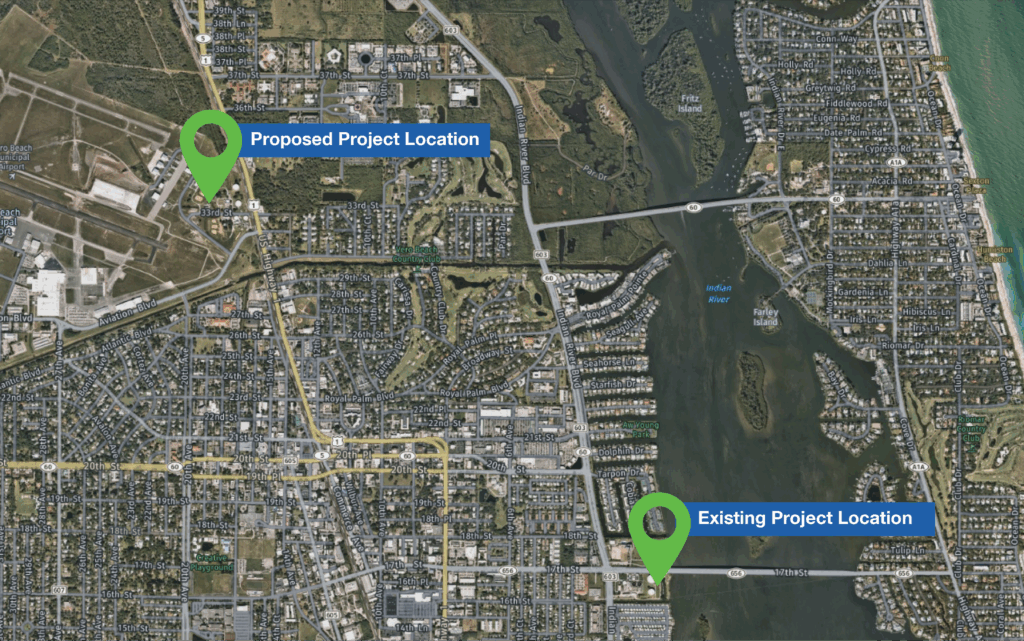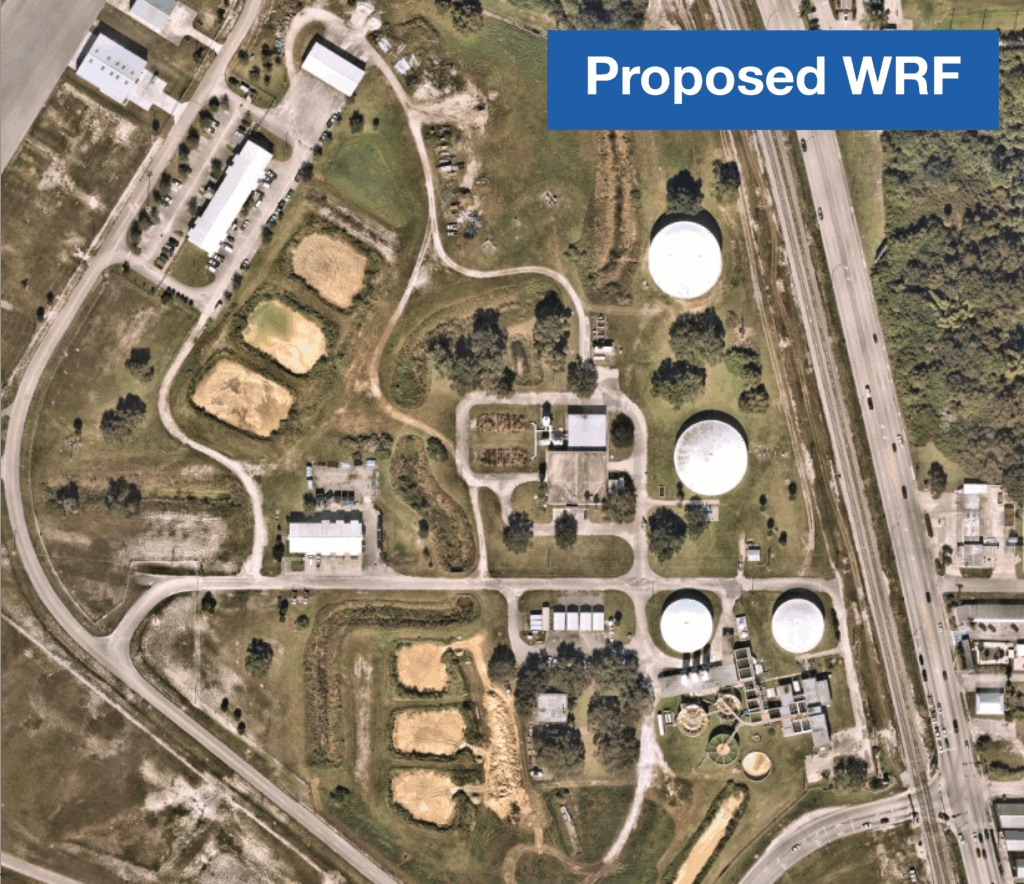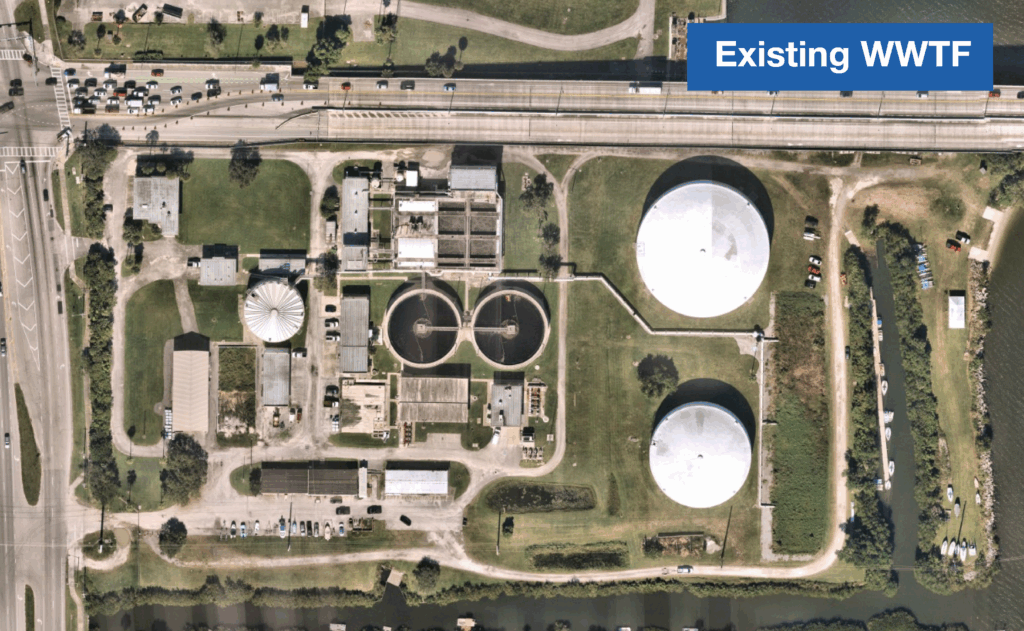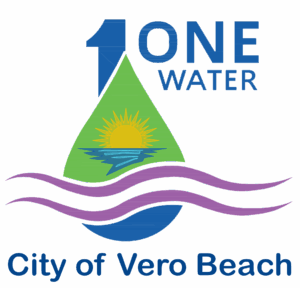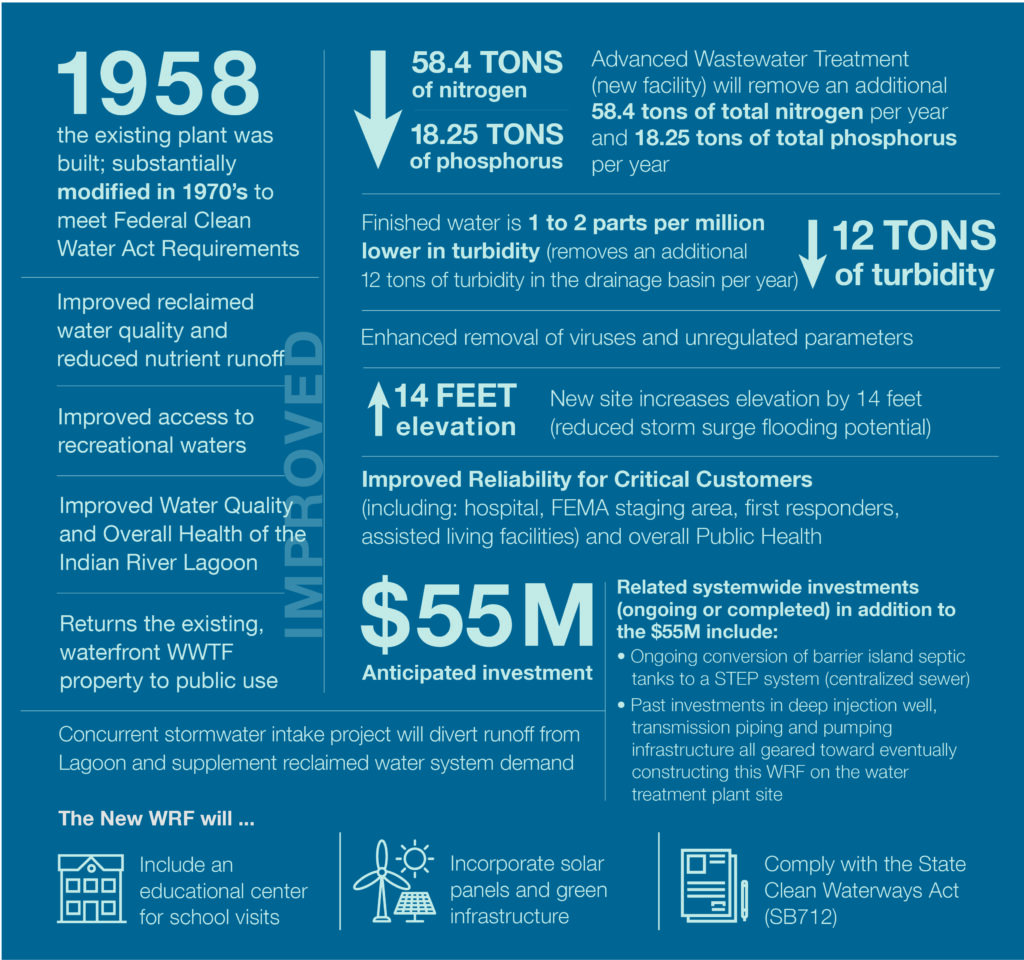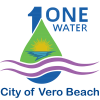WRF Design Highlights
- 5 million gallons per day of treatment capacity
- Flow equalization for process optimization during peak season/flows
- Advanced wastewater treatment process for enhanced nutrient removal
- Membrane bioreactor treatment technology
- Septage receiving station for City-maintained STEP systems
- Elevated operations building for optimized operator access during storm events
- Relocated biosolids dewatering equipment (cost savings)
- Reclaimed water ground storage tank(s) and pump station to
maintain continuous service to reclaimed customers
The City’s existing wastewater treatment facility was constructed in 1958 and substantially upgraded in the 1970’s to comply with the Clean Water Act. Since that time, the facility has been maintained and routine equipment upgrades have been made as needed. Reclaimed water facilities (primarily filtration and disinfection) were added in the 1990’s; however, the overall treatment process and effluent water quality has remained fairly consistent since the 1970’s. The existing facility, located on the environmentally sensitive Indian River Lagoon, sits at sea level and is prone to flooding. During the 2004 hurricanes, the storm surge flooded the electrical room to within inches of causing a catastrophic failure of the facility. Heavy rainfall also poses a risk of overflowing of open-air treatment tanks, which would allow untreated wastewater to enter the stormwater system with a discharge to the lagoon.
The new water reclamation facility will be constructed on the same property as the City’s existing water treatment plants, which is situated approximately 14 feet higher in elevation. This will virtually eliminate the potential for flooding of the site. The site is also currently occupied by the Water and Sewer Department (WSD)’s field services and maintenance staff. By constructing the new facility here, including a new administration building for management staff, the City will have a single location that houses all WSD personnel and equipment. This will provide for more streamlined maintenance, centralized storage of storm/emergency response equipment, shared chemical deliveries and the potential to cross train operations staff to improve staff resiliency.
Project Location
